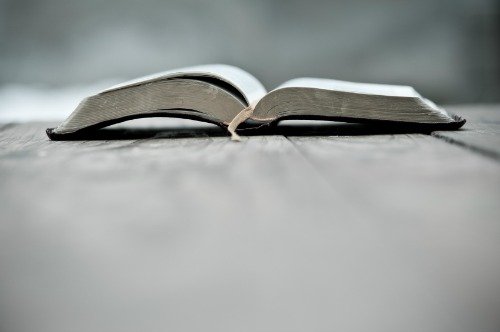|
Church of Ireland
The Church of Ireland is a Christian church and a separate but related church of the Episcopal/Anglican Communion, operating throughout Ireland, and the largest non-Roman Catholic religious body located there. As with other Episcopal churches, it considers itself to be both Catholic, in that its beliefs and practices are based on a continuous tradition dating back to the early Church, and Reformed, in that it does not accept the jurisdiction of the Pope.
When the church in England separated from the Roman Catholic Church, all but two of the bishops of the Church in Ireland followed the Church of England, almost no clergy or laity did so. The new body became the State Church, taking possession of most Church property and artifacts. The substantial majority of the population never changed loyalty, remaining strongly Roman Catholic, though there were good reasons for joining the state church. Despite its numerical minority, however, the church remained the official state church until it was disestablished on 1 January 1871 by the Liberal government under William Gladstone.
Today the church is, after the Roman Catholic Church, the second-largest tradition in the island of Ireland and the largest Protestant tradition (the second-largest in Northern Ireland after Presbyterianism). It has been reported recently that Irish Roman Catholics are joining the church "in strong numbers". In 1536 during the Reformation, Henry VIII arranged to be declared head of the Church in Ireland through an Act of the Irish Parliament. When the Church of England was re-formed under Edward VI, so too was the Church of Ireland. All but two of the Irish bishops accepted the Elizabethan Settlement, although the vast majority of priests and the church membership remained Roman Catholic. The church claims Apostolic succession because of the continuity in the hierarchy; however, this is disputed by the Roman Catholic Church. The established church in Ireland underwent a period of more radical Calvinist doctrine than occurred in England. The English-speaking minority mostly adhered to the Church of Ireland or to Presbyterianism, while the Irish-speaking majority remained faithful to the Latin liturgy of Roman Catholicism, which remained by far the majority denomination in Ireland. When Ireland was incorporated in 1801 into the new United Kingdom of Great Britain and Ireland, the Church of Ireland was also united with the Church of England to form the United Church of England and Ireland The centre of the Church of Ireland's teaching is the life, death, and resurrection of Jesus Christ and the basic teachings of the Church include:
|





